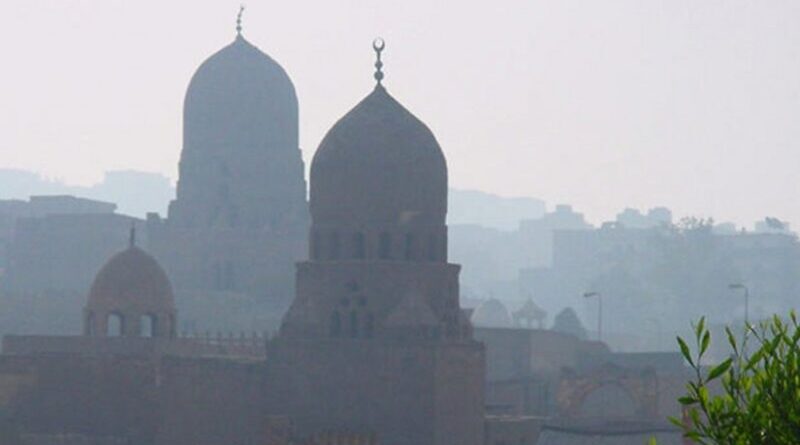A Gathering Point For Bodies And Souls – OpEd
There are mosques standing or being built in every locality or so it seems. In a kilometer of the neighborhood around me, I can count three mosques standing and two in the process of construction. Some of these mosques have large courtyards and ample parking space for the whole neighborhood.
The increase in numbers of places of worship has however diluted attendance at the individual mosque, with worshippers barely making up half of the expanse within the structure. Rarely does the number spill out to the courtyard and beyond, except during Friday noon prayers or during the holy month of Ramadan.
Are mosques being put to good use? Are they simply there for walking in, offering prayers, and walking out or do they perhaps exist for building cohesive neighborhoods?
There has been a lot of concern lately over the idle hours of our youth. There are few avenues where these kids can positively use up all that pent up energy. I wonder if some of these massive and unused courtyards couldn’t be put to better use.
For example, why not allocate a portion of these courtyards and parking lots for basketball and volleyball courts. This would draw the neighborhood youth to congregate, exercise their bodies in a healthy and energizing manner, and when the call for prayers is announced, invigorate their souls.
They don’t have to be reminded to attend prayers at mosques. They would already be there. It would also serve to breed familiarity and a sense of knowing your neighbor within the residents of the locality, a concept widely promoted by Islam to promote peace and harmony among residents.
Majed B., a Saudi whose mind is always drumming up novel ideas came up to me with another one. Mosques, he tells me, are generally easily recognized as direction points when explaining where you live. In a city where very few streets are named, let alone house numbers, the locality of a mosque and your living proximity to it would eventually draw your visitor to your house without great difficulty albeit after some time.
Now in an emergency Majed wonders, how are the paramedics expected to rush to your house to cater for the calamity unless you waste valuable minutes over the phone trying to explain in detail and with great difficulty your whereabouts? Minutes that could mean the difference between life and death.
Not everybody has the means to get somewhere fast. A housewife at home would be very vulnerable if her child or an elder suddenly needed medical attention, and her husband was at work and no one to drive her around.
So why not number and code these mosques within specified zones. Let the Fire Department and the Paramedics in on the distribution of these allocated zones within the city. Provide CPR and basic First Aid training to the live-in muezzin at the mosque to cater to the initial emergency until the paramedics arrive.
This may be a stopgap measure but at least it would provide some effective comfort to the needy victim in those first few moments until the ambulance or professional help arrives.
Families of the stricken would no longer fret those fleeting moments wondering when help was going to arrive and whether it would arrive at the right house and neighborhood. If there is any need for blood, why not utilize the mosque loudspeakers to appeal for the type of blood needed for one of the neighborhood residents?
Rather than being relegated to half empty places of worship, mosques would then truly play a bigger and more beneficial role in the activities of those it has been designed to serve.
This article appeared at Saudi Gazette and is republished with permission.

